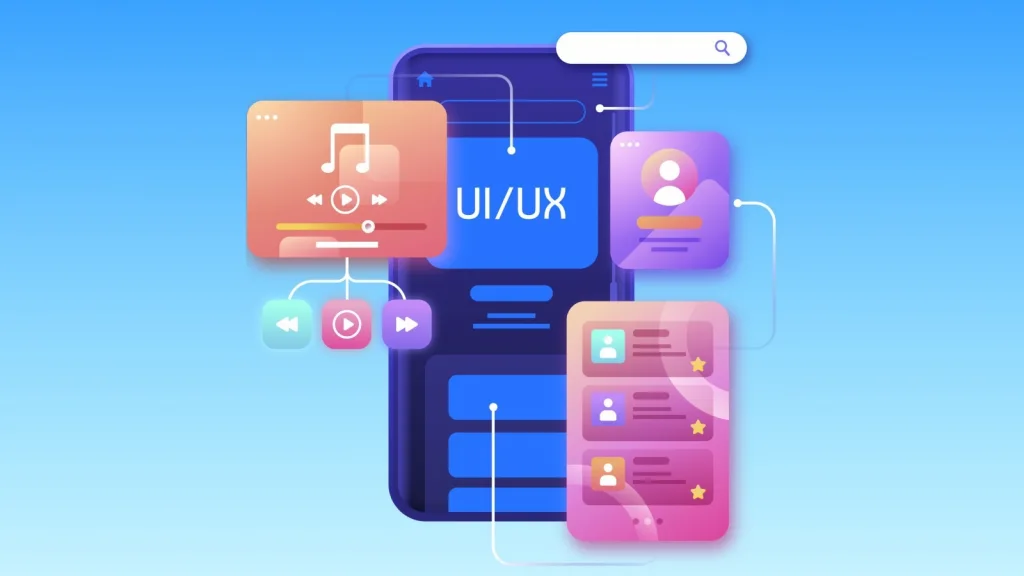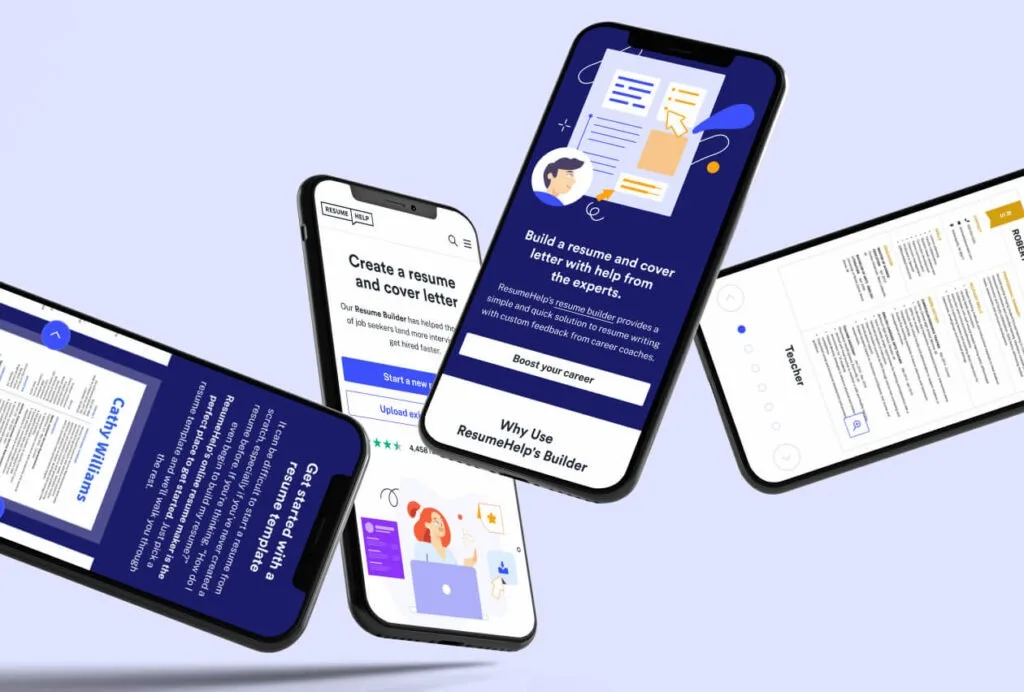App Design: Elevating Mobile Experience
App design is a crucial factor in the success of any mobile application. A well-designed app not only attracts users but also optimizes performance and functionality, ensuring it meets customer needs and expectations.
Application design refers to the process of creating a blueprint for the development of a software application. It involves designing the structure, functionality, and user interface of the application to meet specific requirements and goals.

Key Elements in App Design
- User Interface (UI): User Interface (UI) refers to the visual elements that users interact with directly within the application. This includes components such as buttons, forms, images, and color schemes. UI design needs to be visually appealing and user-friendly, making it easy for users to perform actions and locate necessary functions.
- User Experience (UX): User Experience (UX) refers to how users perceive and interact with the application. It involves designing the application’s structure, workflow, and how users navigate through screens and functionalities. A good UX ensures that the application runs smoothly, effectively, and meets the users’ needs.
- Navigation: Navigation refers to how users move between different sections of the application. Navigation design includes creating navigation bars, menus, and functional buttons to help users easily find parts of the application and perform necessary tasks. Effective navigation needs to be clear and intuitive.
- Device compatibility: Device compatibility ensures that the application works well across various types of devices and screen sizes. The design should be responsive and display properly on mobile phones, tablets, and desktops, providing a consistent experience for users.
- Interaction features: Interaction features include how users interact with elements within the application, such as feedback when pressing buttons, dynamic changes, and visual cues. Interaction design needs to make the application intuitive and easy to use, providing immediate and natural feedback when users perform actions.
New Trend in App Design
Modern app design trends focus on minimalism, natural interactions, and personalization. Discover how these innovations enhance user experience.
Minimalist Design
Minimalist design focuses on reducing unnecessary elements and retaining only the most essential components. This helps to create a clean and more user-friendly interface. With minimalist design, users can focus on the content and core functions without being distracted by complex or redundant design elements.
Natural Interaction Design
Natural interaction design aims to create interactions that mimic natural user actions, such as swiping, dragging, and tapping. This helps make the user experience more intuitive and user-friendly. These actions are often designed to respond flexibly and naturally, in line with how users interact in the real world.
Adaptive Design
Adaptive design adjusts the application’s interface to fit different devices and screen sizes. This ensures that the application provides a consistent and effective user experience, regardless of whether users are on a phone, tablet, or desktop. Adaptive design helps improve usability and flexibility across multiple platforms.
Voice and Visual Design
Voice and visual design focuses on integrating voice control features and dynamic visual elements to enhance the user experience. With the advancement of virtual assistants and voice recognition technology, app design increasingly emphasizes creating interfaces that support user interaction through speech and use dynamic visuals to provide lively feedback.
Subtle Interaction Design
Subtle interaction design involves using small, refined effects to make the user experience smoother without causing distractions. Effects such as color changes on hover, gentle animations, and subtle sound feedback enhance usability and user satisfaction without overwhelming the user.
Contextual Design
Contextual design focuses on creating app experiences that are relevant to the specific context and needs of the user. This can include personalizing content, providing information based on location or time, and adjusting the app’s interface according to user behavior and preferences. Contextual design helps make the application more relevant and valuable to users.

At PadiTech, we provide top-notch app design services that incorporate the latest design trends to create outstanding user experiences. Focusing on minimalism, natural interactions, and personalization, our design team is committed to delivering solutions that are not only visually appealing but also user-friendly and tailored to each client’s specific needs. Let us transform your ideas into innovative and successful applications.






